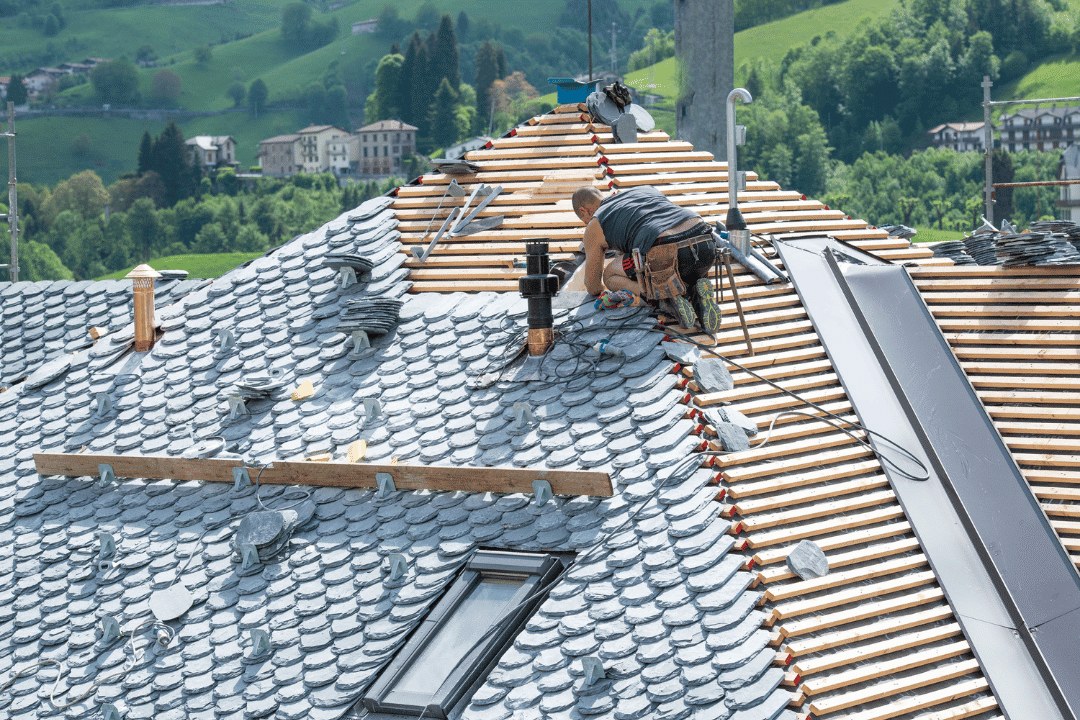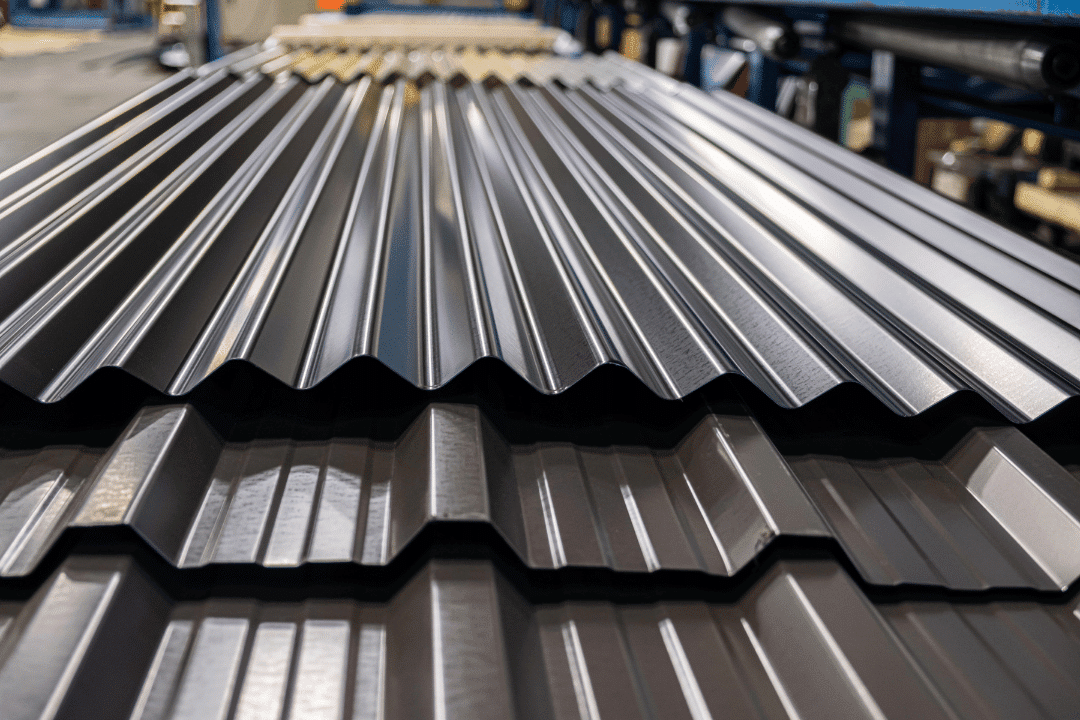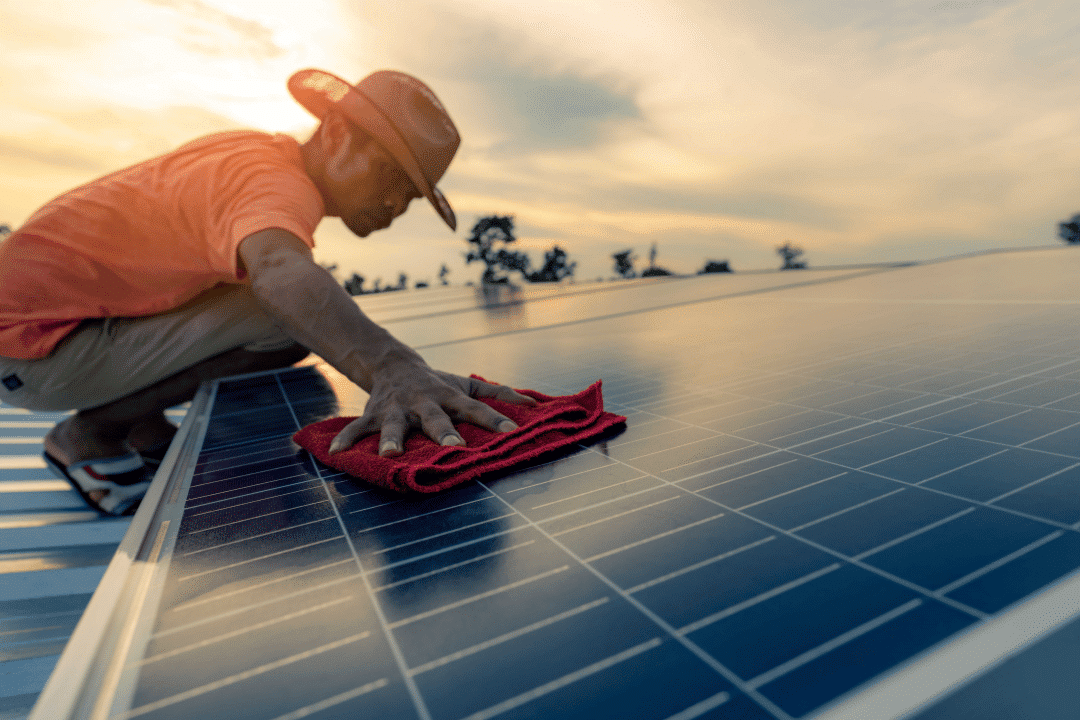Alright, so your roof’s starting to show its age, or maybe it’s just taken a serious beating from the elements. Either way, roof replacement is something you’ll likely have to deal with at some point as a homeowner. A roof replacement involves stripping away the old roof materials and installing a fresh set of shingles, decking, and components that keep your home safe and dry. Think of it as giving your house a much-needed hat upgrade, but not just for looks—it’s all about protection and longevity.
Signs It’s Time for a Roof Replacement
Let’s talk about the tell-tale signs. First off, are your shingles curling, cracking, or even missing altogether? Granule loss is another red flag—if your roof’s shedding like a dog in summer, it’s time to act. You may even spot sunlight peeking into your attic (yikes!). Or maybe you’re seeing water stains or leaks—those are all signs that repairs won’t cut it anymore. A good rule of thumb: if your roof’s over 20 years old, it’s probably living on borrowed time.
Roof Replacement Costs: What to Expect
Roof replacements aren’t cheap, but they don’t have to drain your bank account either. On average, you’re looking at a range of $5,500 to $25,000, depending on materials, labor, and the size of your roof. Asphalt shingles? They’re budget-friendly and range from $4,800 to $9,600. Fancy something durable like slate or metal? Expect to pay anywhere from $10,000 to $30,000. Keep in mind, geographic location can play a role too—roofing in California might cost more than in the Midwest.
Choosing the Right Roofing Materials for Your Climate
Here’s where it gets fun—choosing the right material. But remember, this isn’t just about curb appeal; it’s about durability and fit for your climate. Live in an area prone to high winds or hail? You might want to consider impact-resistant shingles. Hot climate? Metal or tile roofs perform well under intense sun. And let’s not forget about insulation—some materials like slate and metal have natural insulating properties that help regulate indoor temperatures, which could save you on energy bills over time.
Sustainable Roofing Options
If you’re eco-conscious, good news—there are sustainable options that not only help the environment but can also reduce your energy costs. Solar shingles are becoming more popular, allowing your roof to generate clean energy for your home. Recycled roofing materials, like rubber or plastic, are durable and eco-friendly. Then there’s the cool roof technology that reflects more sunlight, keeping your home cooler in the summer. If you’re thinking long-term, sustainability might be the way to go.
Avoiding Common Mistakes: Cheap Labor and Low-Quality Materials
Now, here’s the deal—don’t fall for cheap labor or bargain-bin materials. It might save you a few bucks upfront, but you’ll be paying for it later. Poor installation and subpar materials lead to leaks, more repairs, and a shorter roof lifespan. Instead, get multiple quotes, check contractor references, and go for quality over the lowest price. Your future self will thank you.
Preparing Your Home for Roof Replacement
Before the hammering starts, do a bit of prep work. Clear your yard of anything that could get damaged—plants, lawn ornaments, and any delicate items near the house. Inside, protect your attic and remove any fragile or valuable items, as roof replacements can get messy. It’s also a good idea to notify your neighbors about the work to avoid any misunderstandings about noise or debris.
Understanding Insurance Coverage for Roof Replacement
One of the biggest headaches? Insurance. But it doesn’t have to be. Many homeowner’s insurance policies will cover roof damage caused by weather events—think storms, hail, or wind. If your roof is eligible for insurance coverage, consider upgrading your materials while you’re at it; you might be surprised at how little extra you’ll have to pay out of pocket for a more durable option.
Roof Replacement Process: Step-by-Step
Curious about what actually happens during a roof replacement? First, your contractor will remove the old shingles, underlayment, and potentially the decking if it’s damaged. After inspection, new underlayment is installed to protect against water penetration, followed by drip edges and the new shingles. Expect the crew to be up on your roof for about a week or two, depending on the size and complexity.
Roofing Technologies and Innovations to Consider
These days, roofing has gone high-tech. Cool roofs, which reflect sunlight, are becoming more popular in hotter regions. There are also impact-resistant shingles designed to withstand hail and flying debris—perfect for storm-prone areas. Another innovation to consider? Synthetic roofing materials that look like wood or slate but come with better durability and less maintenance.
Maximizing the Lifespan of Your New Roof
You’ve got your new roof, but now what? Keep it in top shape with regular maintenance—clean out the gutters, check for missing shingles after storms, and ensure your attic has proper ventilation. Routine inspections by a professional can catch small issues before they become big (and expensive) problems.
Final Walkthrough and Post-Replacement Care
Once the roof is installed, your contractor should walk you through the final product. Make sure everything looks good and ask about warranties on both materials and labor. Finally, give your home a once-over to make sure the cleanup crew did their job—no one likes stepping on stray nails! This is also a good time to address any concerns or questions you might have about caring for your new roof.
Looking to keep your home dry and protected after your roof replacement?
At Rainstorm Waterproof & Masonry, we’ve got you covered. Whether it’s waterproofing your foundation, sealing your masonry, or ensuring your roof stays leak-free, we’re here to help. Our team of experts will make sure your home is fortified from top to bottom—keeping you dry and secure, rain or shine. Ready to protect your home with quality you can trust? Contact us today and let’s get started!
FAQs
How do I know if it’s time to replace my roof?
Look for signs like curling, cracked, or missing shingles, granule loss, leaks, or sunlight entering your attic. If your roof is over 20 years old, it’s often time for a replacement. For a more thorough inspection, it’s best to consult a professional roofer.
What are the best roofing materials for different climates?
In hot climates, metal or tile roofs are great for heat resistance. In cold climates, asphalt shingles and synthetic materials offer durability against snow and ice. It’s important to choose materials suited to your local weather conditions to extend the lifespan of your roof.
How do I prepare my home for a roof replacement?
Before roof replacement begins, clear your yard, protect fragile items, and ensure easy access for the roofing crew. Inside, remove valuable items from your attic and protect your walls and windows from potential dust and vibrations.
How can I prevent basement flooding?
Basement flooding can often be prevented through proper basement waterproofing, installing a sump pump, and sealing any basement cracks. Regular inspections and timely basement crack repairs can also help keep water out.
What can I do to protect my chimney from damage?
Regular chimney inspections are crucial. If your chimney has cracks or structural damage, consider getting professional chimney repair or a full rebuild. Waterproofing the chimney can also help prevent long-term damage from rain and snow.
How do I maintain my gutters, soffit, and fascia?
Keep gutters clean and clear of debris to prevent water damage. Ensure your soffit and fascia are in good condition, as they protect your roof from pests and water. Regular maintenance is key to preventing larger issues.
What’s the best way to maintain driveways and walkways?
Regular sealing and repairs can keep driveways and walkways in top condition. If you notice cracks or shifting, it’s important to repair them to avoid bigger structural problems down the line. Professional masonry services can ensure a long-lasting solution.
How can I improve the durability of my home’s exterior with siding?
Choosing durable siding materials like vinyl or fiber cement can increase the longevity of your home’s exterior. Regular cleaning and inspections for damage will also keep your siding in excellent condition for years to come.







